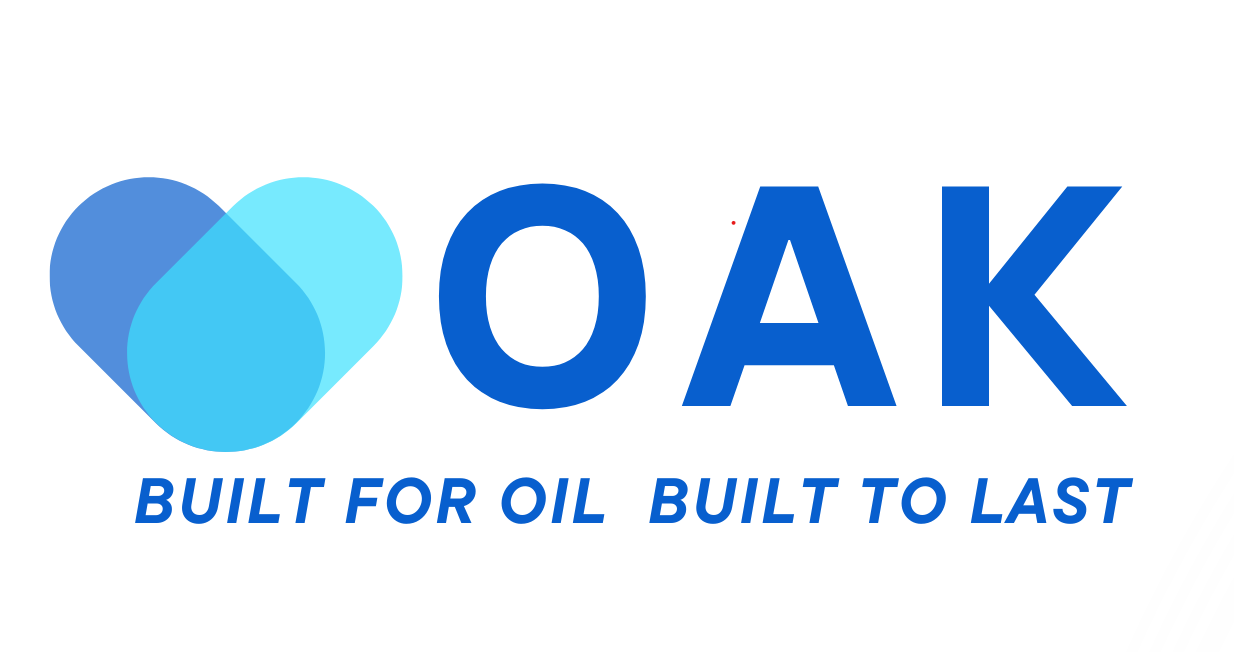Technical Overview: Tubing Couplings in Hydrocarbon Wellbore Applications
- Categories: News Center
- Time of issue: 2025-04-17
- Views: 1
Technical Overview: Tubing Couplings in Hydrocarbon Wellbore Applications
Technical Overview: Tubing Couplings in Hydrocarbon Wellbore Applications
Technical Overview: Tubing Couplings in Hydrocarbon Wellbore Applications
Operational Purpose and Failure Mitigation:
Tubing couplings serve as critical threaded connectors within hydrocarbon production and drilling systems, facilitating the assembly of tubing strings in downhole environments. Conventional coupling designs are prone to fatigue-induced fracture propagation at stress-concentration zones near the root of API-tapered external threads. Advanced coupling architectures address this failure mode through optimized load distribution, enhancing structural integrity and operational safety.
Mechanical Architecture:
Hybrid Thread Profile Integration:The hybrid design decouples functional requirements: tapered threads prioritize sealing performance, while parallel threads optimize axial load distribution, mitigating stress gradients that drive fatigue crack initiation.
API Tapered Threads (e.g., API 5B/5CT): Engineered to establish pressure-tight seals between tubing ends and the coupling’s internal bore. The tapered geometry ensures radial interference for gas/liquid containment under dynamic wellbore conditions.
Parallel (Non-Tapered) Threads: Machined at the coupling’s extremities with identical pitch to the tapered threads. This synchronized pitch alignment enables uniform axial load transfer across the threaded interface, reducing localized stress amplification at thread roots.
Surface Engineering via Phosphating:
Tribological Enhancement: Application of zinc or manganese phosphate coatings improves wear resistance under cyclic loading and abrasive downhole conditions.
Corrosion Inhibition: Provides sacrificial protection against H₂S, CO₂, and chloride-induced corrosion, critical for sour service environments.
Anti-Galling Properties: Reduces adhesive wear during make-up/breakout operations, preserving thread engagement integrity and reusability.
Classification per Application:
Tubing Couplings: Optimized for high-cycle fatigue resistance in dynamic production tubing strings (e.g., gas lift, ESP systems), prioritizing compliance with API 5CT Grade requirements.
Casing Couplings: Designed for static load-bearing applications in casing strings, emphasizing burst/collapse resistance and axial load capacity per API 5B/5CT specifications.
Performance Advantages:
Stress Homogenization: Dual-thread topology redistributes bending moments and tensile/compressive stresses, extending fatigue life (N > 10⁶ cycles under ISO 13679 CAL IV testing).
Environmental Durability: Phosphate coatings exceed NACE MR0175/ISO 15156 standards for sulfide stress cracking (SSC) resistance.
Thread Locking Prevention: Mitigates cold welding and differential sticking risks during thermal cycling or high-pressure service.
Innovation Context (Utility Model):
This coupling architecture represents a patented utility model (e.g., CN/US/EU patent classes E21B17/08, F16L15/00), resolving legacy limitations through thread-form innovation and advanced metallurgical surface treatments. The design aligns with ISO 10423/API 6A standards for wellhead and tree equipment.
Conclusion:
Modern tubing couplings exemplify precision-engineered solutions for high-stress downhole environments, integrating hybrid thread mechanics and surface-hardening technologies to ensure leak-resistant, fatigue-tolerant connections. Their differentiation from casing couplings underscores application-specific engineering in hydrocarbon well construction, enhancing operational reliability while reducing non-productive time (NPT) associated with tubular failures.
Technical Overview: Tubing Couplings in Hydrocarbon Wellbore Applications
Operational Purpose and Failure Mitigation:
Tubing couplings serve as critical threaded connectors within hydrocarbon production and drilling systems, facilitating the assembly of tubing strings in downhole environments. Conventional coupling designs are prone to fatigue-induced fracture propagation at stress-concentration zones near the root of API-tapered external threads. Advanced coupling architectures address this failure mode through optimized load distribution, enhancing structural integrity and operational safety.
Mechanical Architecture:
Hybrid Thread Profile Integration:The hybrid design decouples functional requirements: tapered threads prioritize sealing performance, while parallel threads optimize axial load distribution, mitigating stress gradients that drive fatigue crack initiation.
API Tapered Threads (e.g., API 5B/5CT): Engineered to establish pressure-tight seals between tubing ends and the coupling’s internal bore. The tapered geometry ensures radial interference for gas/liquid containment under dynamic wellbore conditions.
Parallel (Non-Tapered) Threads: Machined at the coupling’s extremities with identical pitch to the tapered threads. This synchronized pitch alignment enables uniform axial load transfer across the threaded interface, reducing localized stress amplification at thread roots.
Surface Engineering via Phosphating:
Tribological Enhancement: Application of zinc or manganese phosphate coatings improves wear resistance under cyclic loading and abrasive downhole conditions.
Corrosion Inhibition: Provides sacrificial protection against H₂S, CO₂, and chloride-induced corrosion, critical for sour service environments.
Anti-Galling Properties: Reduces adhesive wear during make-up/breakout operations, preserving thread engagement integrity and reusability.
Classification per Application:
Tubing Couplings: Optimized for high-cycle fatigue resistance in dynamic production tubing strings (e.g., gas lift, ESP systems), prioritizing compliance with API 5CT Grade requirements.
Casing Couplings: Designed for static load-bearing applications in casing strings, emphasizing burst/collapse resistance and axial load capacity per API 5B/5CT specifications.
Performance Advantages:
Stress Homogenization: Dual-thread topology redistributes bending moments and tensile/compressive stresses, extending fatigue life (N > 10⁶ cycles under ISO 13679 CAL IV testing).
Environmental Durability: Phosphate coatings exceed NACE MR0175/ISO 15156 standards for sulfide stress cracking (SSC) resistance.
Thread Locking Prevention: Mitigates cold welding and differential sticking risks during thermal cycling or high-pressure service.
Innovation Context (Utility Model):
This coupling architecture represents a patented utility model (e.g., CN/US/EU patent classes E21B17/08, F16L15/00), resolving legacy limitations through thread-form innovation and advanced metallurgical surface treatments. The design aligns with ISO 10423/API 6A standards for wellhead and tree equipment.
Conclusion:
Modern tubing couplings exemplify precision-engineered solutions for high-stress downhole environments, integrating hybrid thread mechanics and surface-hardening technologies to ensure leak-resistant, fatigue-tolerant connections. Their differentiation from casing couplings underscores application-specific engineering in hydrocarbon well construction, enhancing operational reliability while reducing non-productive time (NPT) associated with tubular failures.







